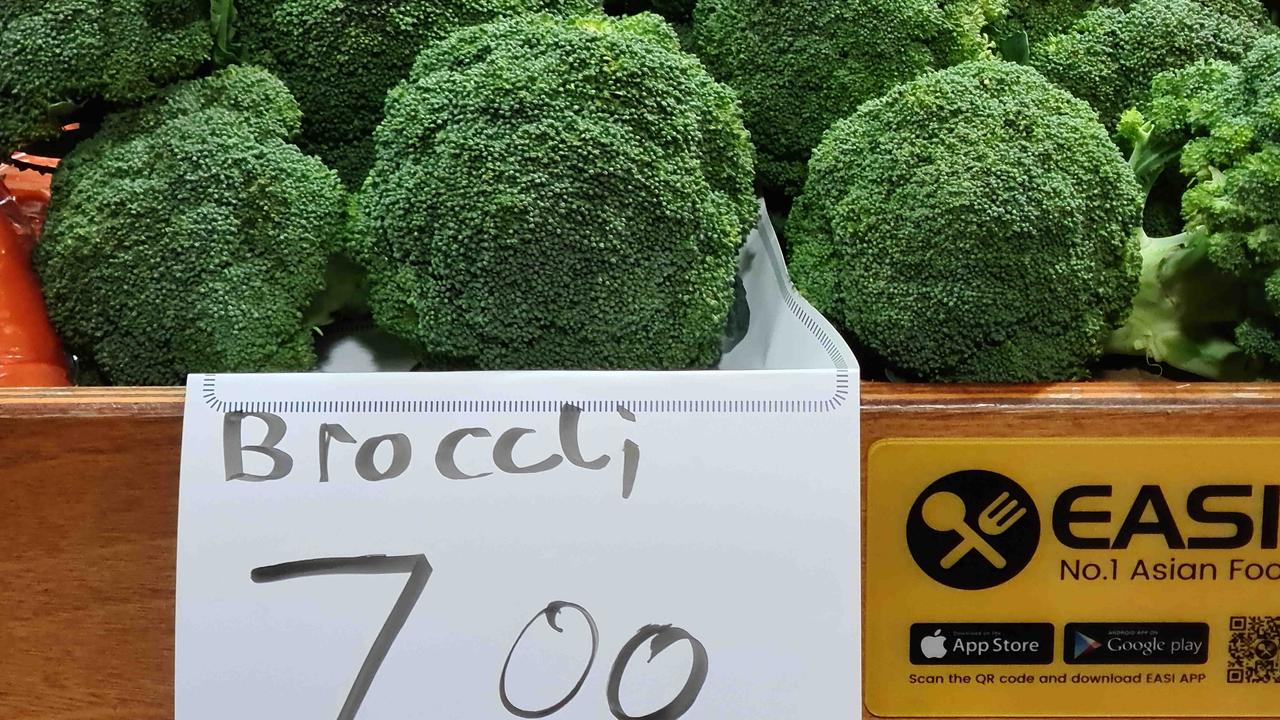It’s the grim graph that suggests Australian workers face a horror “back the future” scenario on wages.
Real wages – workers’ income that has been adjusted to reflect the rising cost of living – are going backwards.
Perhaps, that’s no surprise to anyone who has tried to buy fresh fruit and vegetables at the supermarket lately amid rising prices and massive interest rate hikes.
But Dr Greg Jericho, the Center for Future Work’s Policy Director has some bad news.
It’s even worse than it sounds.
As households struggle with the rising cost of essentials, real disposable household income is set to fall for months to come sending workers back to what they were earning in real terms over a decade ago.
“The latest Reserve Bank Statement on Monetary Policy estimates that real wages will continue to fall until the end of next year, at which point they will be back to 2008 levels,” he said.
Dr Jericho describes the graph as “horrific”.
“In real terms, prices and wages since 2008 will have gone up by exactly the same amount. So there’s no improvement,” Dr Jericho said.
“Your wages might have gone up 20 per cent. But prices have gone up by 30 per cent.
“It’s horrible. Normally it goes up. Before the pandemic, it was rising, perhaps a bit slower than it was during the mining boom, for example, but it still keeps going up. It’s pretty drastic.”
For three years, the RBA predicts wages are going backwards.
The RBA now estimates that real wages will fall fourteen consecutive quarters from the Sept 2020 quarter through to the Dec 2023 quarter.
The situation won’t improve until 2024 according to the Reserve Bank’s latest monetary policy update released on Friday.
“It’s most pronounced for low income people because what we’re seeing with inflation at the moment is that the prices of what we call non-discretionary items or essential items are rising faster than sort of discretionary luxury items,” Dr Jericho said.
“So the prices of things that you can avoid paying like food, like energy, bills, rent are rising faster than the things you can decide not to buy, like a holiday.
The big drivers of inflation are the war in Ukraine and the supply chain disruptions caused by Covid.
“Higher prices, especially for food and fuel, are likely to impact low-income households in particular (which tend to spend a larger share of their income on these necessary items),” the RBA said.
“While household balance sheets are generally strong and many households should be able to absorb these price increases, others have limited savings buffers and may have to reduce spending elsewhere.
“For some of these more vulnerable households, the impact of price rises will be mitigated to some extent by the indexation of social assistance payments twice per year, though price rises will reduce recipients’ real incomes in the near term.”
But the RBA’s grim predictions also raises fresh questions about Labor’s pledge to address cost of living.
Labor’s election campaign was based around the slogan that “everything is going up except your wages.”
This data suggests that’s not going to improve for months to come.
.


